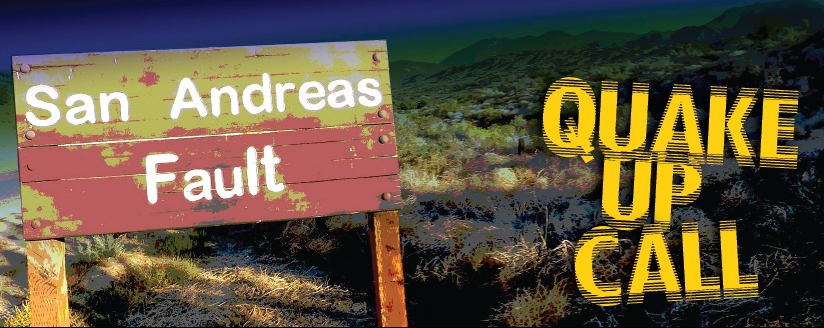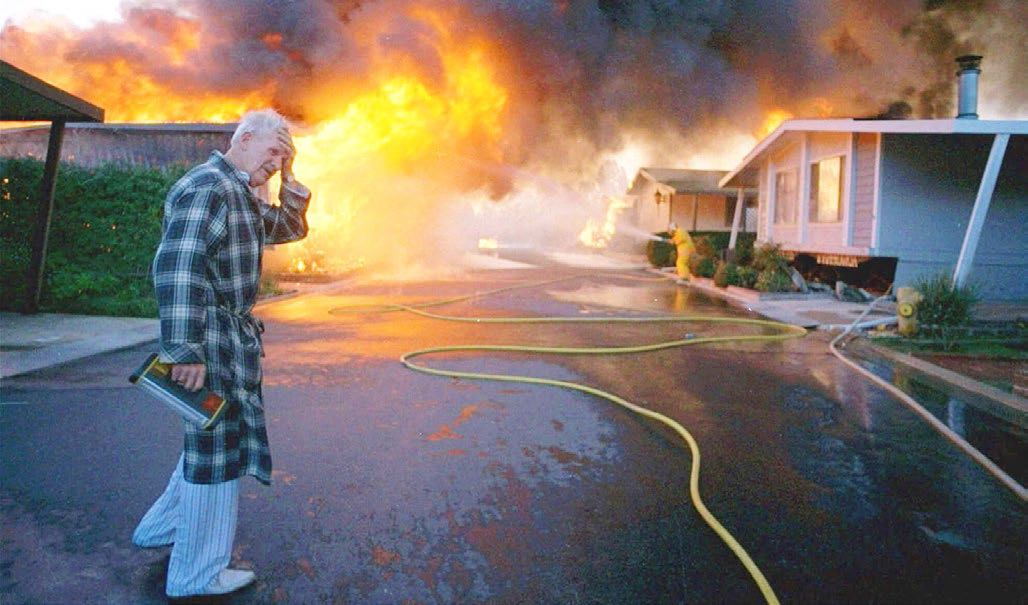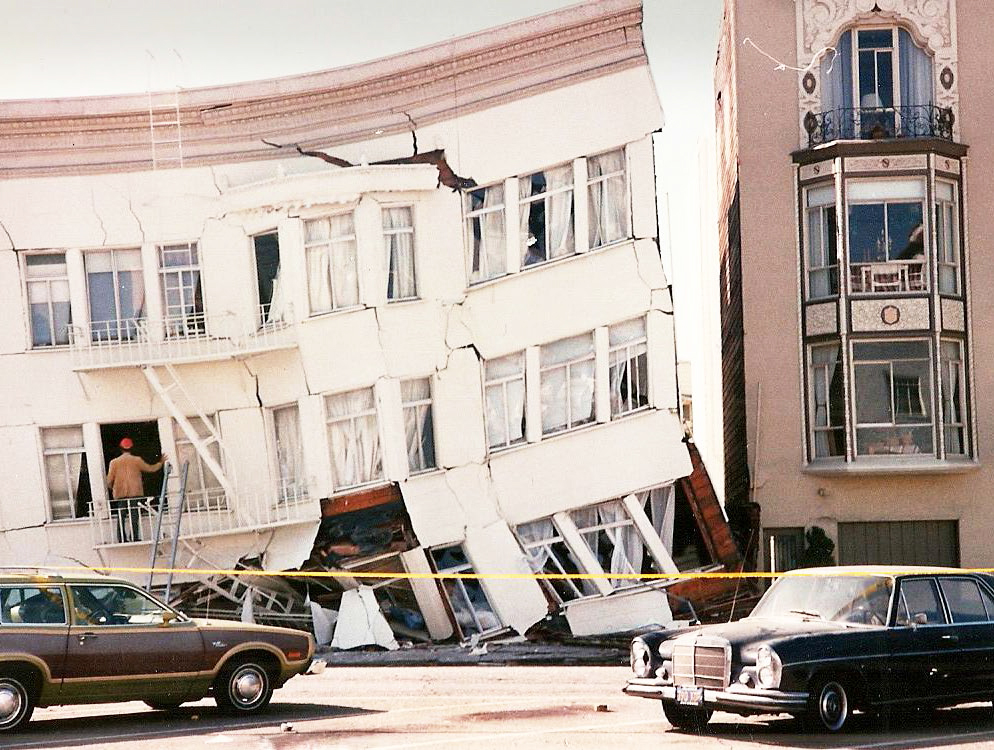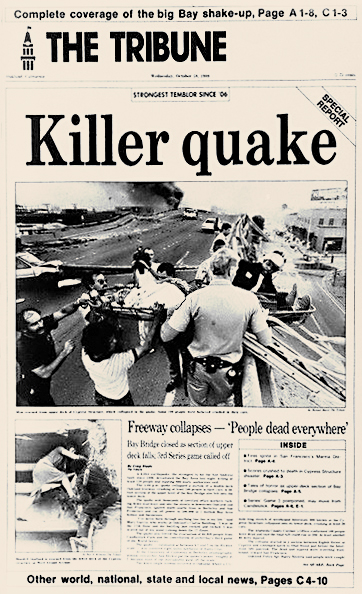Quake-Up Call
 |
|
|
 |
|
|
 |
|
|
 |
|
|
A series of three California earthquakes last July measuring 6.4, 5.4, and 7.1 on the Richter scale was a startling wake-up call for Californians, who were reminded in a resounding way that every day in the heart of earthquake country they are living on edge.
Those quakes and the thousands of aftershocks, centered in Ridgecrest, 130 miles northeast of the Eichlers in Granada Hills, were not only felt throughout Southern California, but all the way up to the Bay Area and even Sacramento.
Unfortunately, unlike hurricanes or other disasters, earthquakes commonly strike without warning. So planning ahead with anticipation is an essential step towards keeping our loved ones and homes safe when—not if—that 'big one' eventually arrives.
Reinforcing the structural integrity of our homes and stocking up on survival and medical supplies are critical to surviving a seismic event unscathed and being as self-sustaining as possible in the aftermath.
Shoring up the home
Since mid-century homes were not built with current building and safety codes, most seismic professionals today advise Eichler owners to consider reinforcing five areas of the home: floor-to-ceiling windows, the post-and-beam system, masonry fireplaces/chimneys, roof, and water heater.
"It's a challenge with Eichlers," says Joshua Carter, a project engineer with Sezen & Moon Structural Engineering, who has engineered many Eichler projects. "You want to keep that look, but what you need to do is antithetical to their construction. You can start with a thorough investigation of the structure to properly assess it."
"Although there is no sure way to completely earthquake-proof mid-century homes, structural retrofitting can provide substantial resistance to shock waves by strengthening roof-to-wall connections," advises Kaveh Rad, head of the structural engineering firm Radco, based in Oakland.
For Eichlers, he adds, "the addition of shear walls, anchor bolts to secure the house to the foundation, and straps to accomplish that add elements that really help."
Expansive floor-to-ceiling walls of glass are also seen as a priority concern for Eichler homes. During earthquakes, original single-pane windows have been known to implode, shooting shards of glass across open spaces inside homes.
The best prevention, says Rad and most other construction professionals, is to replace single-pane windows with dual-pane safety glass. At worst during a seismic event, dual panes that meet code requirements will simply crumble instead of breaking into large, dangerous shards.
Another viable window option is to cover the home's existing single-pane glass with security film, which makes living spaces safer by similiarly binding glass together.
Chimneys, block walls, and areas constructed with masonry should all be avoided during an earthquake. These are danger areas that can topple quickly. Water heaters should be safely braced and a fire extinguisher and gas shut-off wrench kept nearby.
(For more on the above issues and on other areas of your home to reinforce against earthquake, refer to our story 'Shake, Rattle…and Retrofit,' a valuable, comprehensive overview.)




